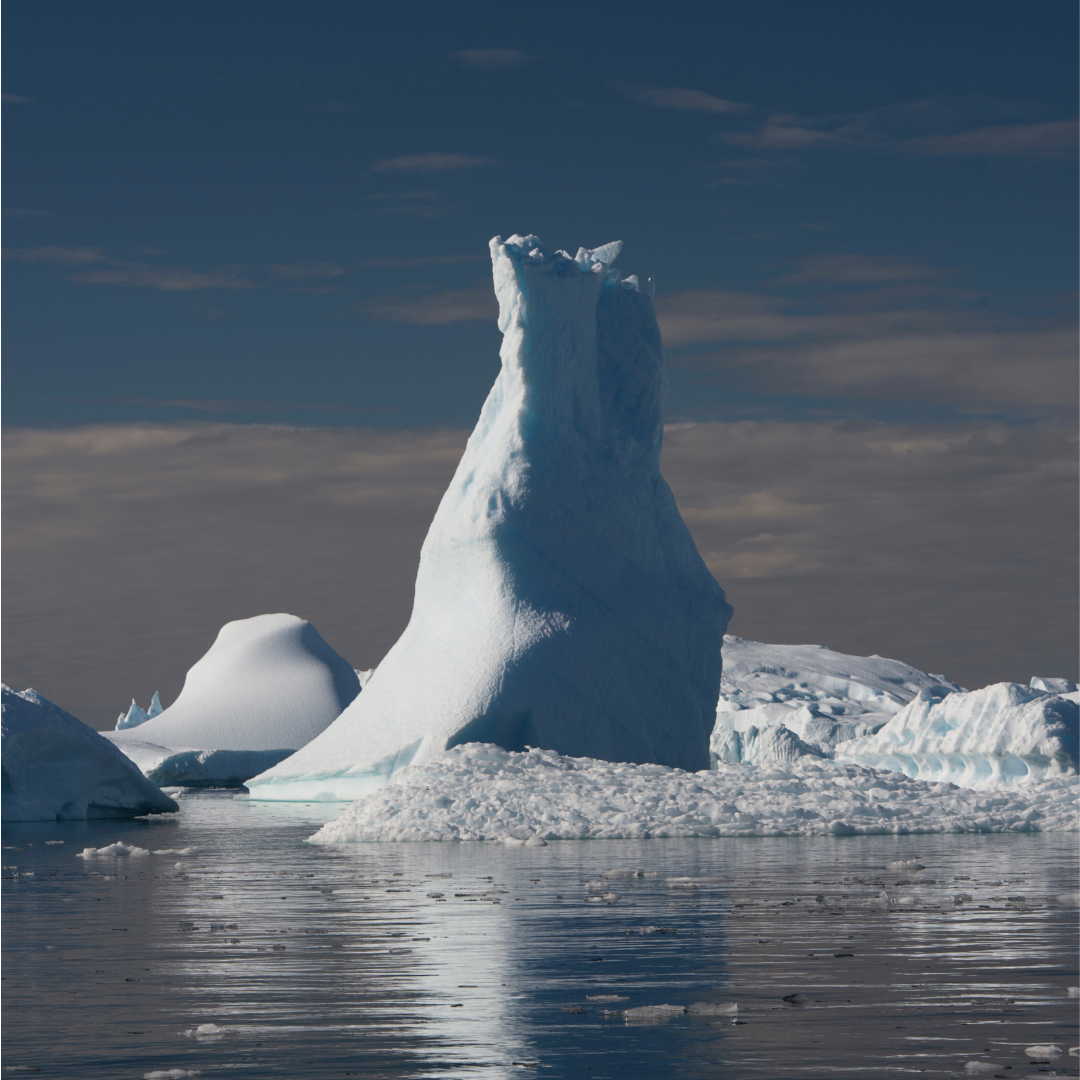How global warming above 2°C could wipe out glaciers
An international study published in Science found that glaciers are even more sensitive to global warming than previously estimated; with only 24 per cent of present-day glacier mass remaining if the world warms to 2.7°C, the trajectory set by current climate policies. In contrast, limiting warming to 1.5°C would preserve 54 per cent of glacier mass.

Image by Freepik
To get these results, a team of 21 scientists from ten countries used eight glacier models to calculate the potential ice loss of the more than 200,000 glaciers worldwide under a wide range of global temperature scenarios. For each scenario, they assumed that temperatures would remain constant for thousands of years.
In all scenarios, the glaciers lose mass rapidly over decades and then continue to melt at a slower pace for centuries, even without further warming. This means they will feel the effect of today’s heat for a long time before settling into a new balance as they retreat to higher altitudes.
“Our study makes it painfully clear that every fraction of a degree matters,” said co-lead author Dr Harry Zekollari from the Vrije Universiteit Brussel, Belgium, adding: “The choices we make today will resonate for centuries, determining how much of our glaciers can be preserved.”
These figures, however, are global, skewed mostly by the very large glaciers around Antarctica and Greenland. The glacier regions most important to human communities are even more sensitive, with several losing nearly all glacier ice already at 2°C.
This includes the glaciers of the European Alps, the Rockies of the Western US and Canada, and Iceland, with only 10-15 per cent of their 2020 ice levels remaining at 2°C sustained warming. Most hard-hit would be Scandinavia, with no glacier ice remaining at 2°C at all.
All four of these regions are committed to losing at least half their ice already at or below 1°C, starkly mirroring a paper released last week setting the safe margin for Antarctic and Greenland ice sheets at or below that same 1°C level. Even the Hindu Kush Himalaya, where glaciers feed river basins supporting two billion people, shows only 25 per cent of 2020 ice remaining at 2°C.
Staying close to 1.5°C, on the other hand, preserves at least some glacier ice in all regions, even Scandinavia, with 20-30 per cent remaining in the four most sensitive regions and 40-45 per cent in the Himalayas and Caucasus, stressing the growing urgency of the 1.5°C temperature goal and rapid decarbonisation to achieve it.
Glaciers in Tajikistan and the rest of Central Asia, serving as water towers across the ancient Silk Road civilisations stretching from Pakistan to China, maintain twice as much ice at 1.5°C (60 per cent of 2020 levels) as they do at 2°C (30 per cent).
A sadly striking feature of the study is that glaciers in the Tropics – the central Andes of Peru, Ecuador and Colombia, as well as East Africa and Indonesia – appear to maintain higher levels of ice, but this is only because they have lost so much already. What remains today is at very high altitudes where ice essentially ‘evaporates’, rather than melts.
Venezuela’s final glacier, Humboldt, lost glacier status in 2024; Indonesia's ironically named Infinity Glacier is likely to follow within the next two years. Germany lost one of its last five remaining glaciers during a heat wave in 2022, and Slovenia likely lost its last real glacier a few decades ago.
Co-lead author Dr Lilian Schuster from the University of Innsbruck, Austria, stated: “Glaciers are good indicators of climate change because their retreat allows us to see with our own eyes how climate is changing ... [but] the situation for glaciers is actually far worse than visible in the mountains today.”
Doi: 10.1126/science.adu4675